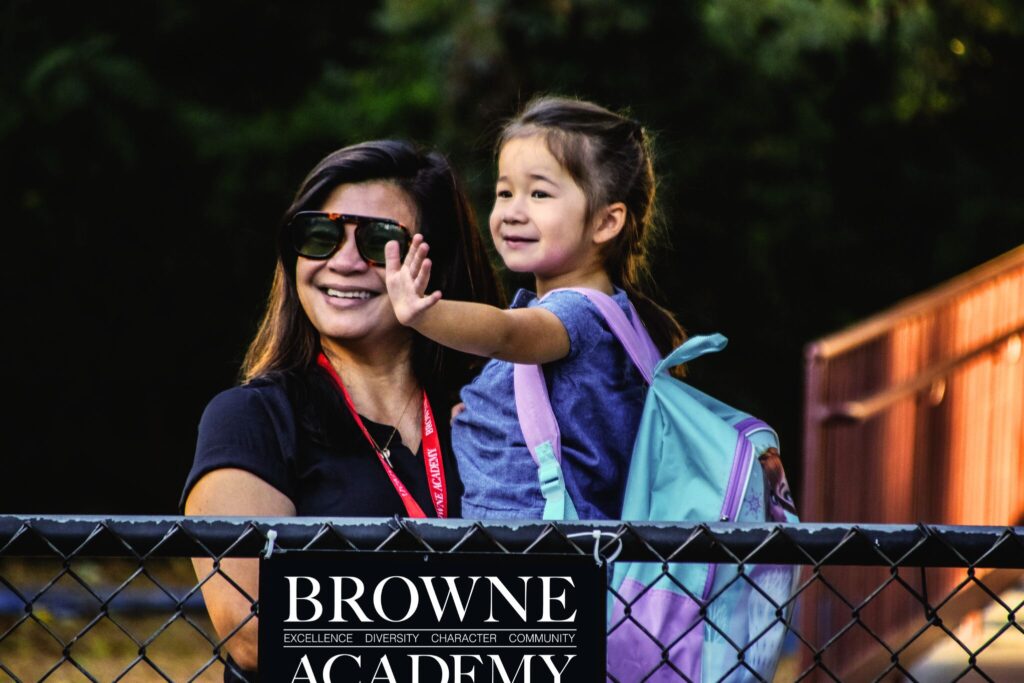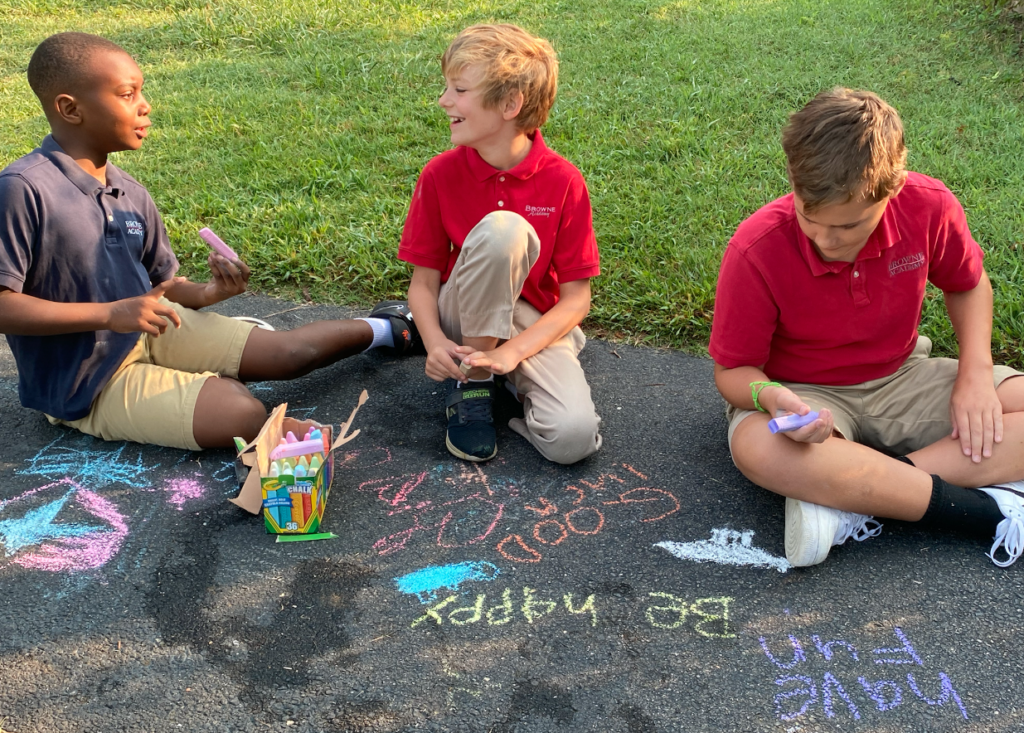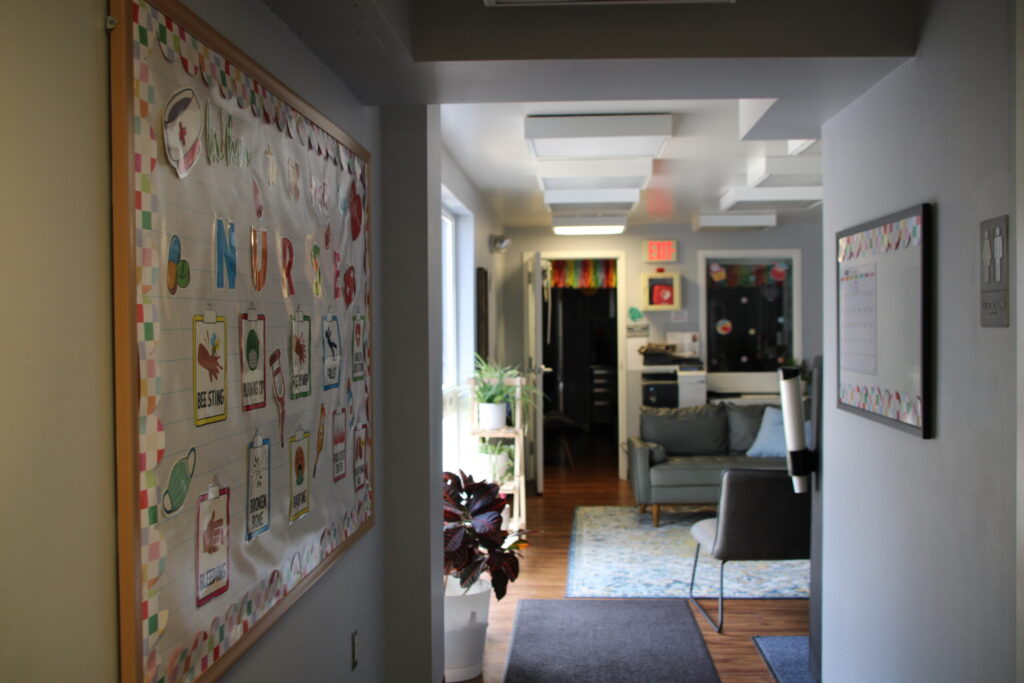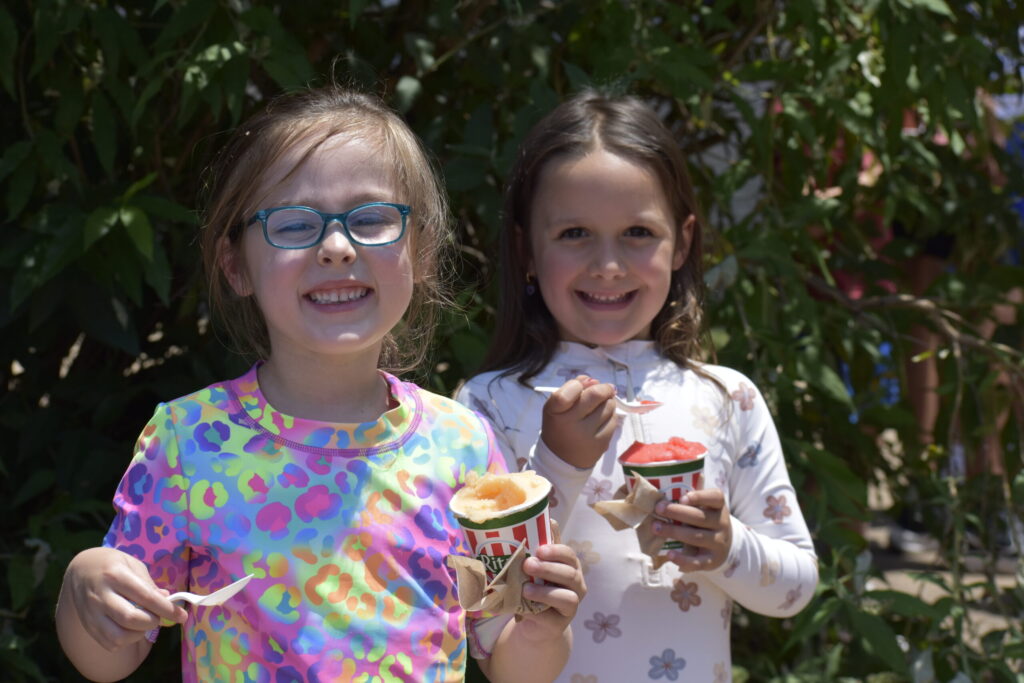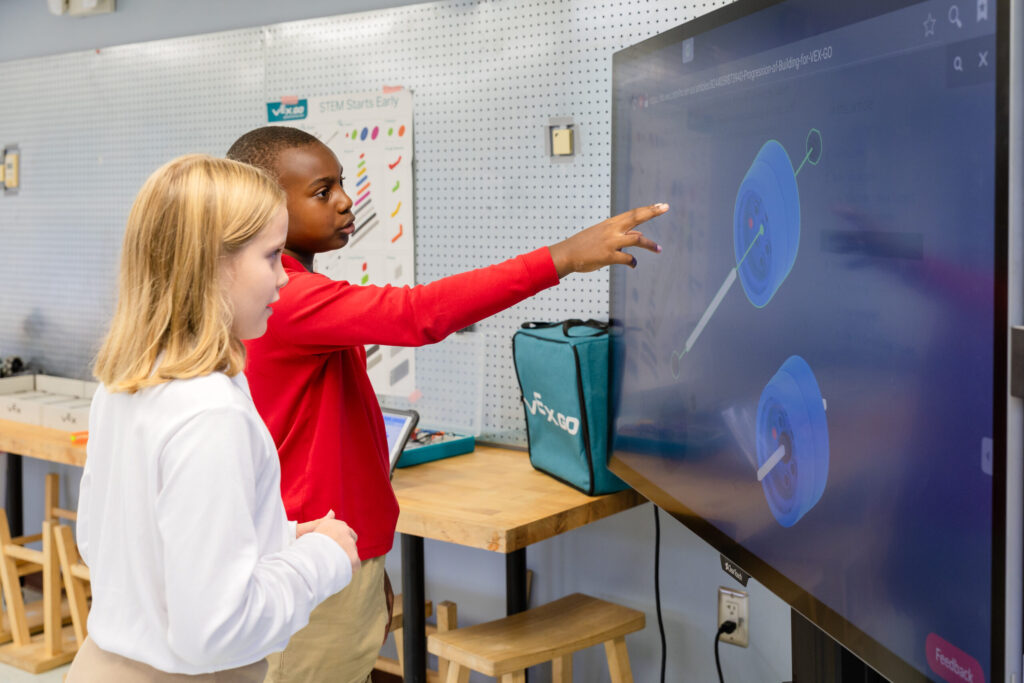Generative Artificial Intelligence: The Future of Creative Expression
November 1, 2023
Artificial intelligence is already making significant changes to modern life. From self-driving cars to virtual assistants like Siri and Alexa to everyone’s favorite, ChatGPT, AI is undoubtedly influencing what we do on both a day-to-day and long-term basis. However, like any other major technological advancement, great power brings great responsibility. Recently, faculty and staff at Browne Academy attended an informational seminar to learn about AI, including its history, how it has evolved, how it works, and what we, as educators, can do to support our students in responsibly using this powerful new tool. A new AI-driven platform designed for educators was also introduced, allowing everyone to try this cutting-edge technology.
When we speak of artificial intelligence, many immediately jump to thoughts of chatbots, smartphones, and Elon Musk. However, “artificial intelligence” was a term coined by emeritus Stanford Professor John McCarthy in 1955, who defined it as “the science and engineering of making intelligent machines.” Forms of this technology have been around for decades. For instance, if you’ve ever played Pac-Man, the ghosts chasing you didn’t randomly pursue you around the grid but instead followed a relatively complicated series of algorithms in an attempt to trap your little yellow avatar in creative (and often frustrating) ways. But in the early 2000s, tremendous leaps were made in AI technology and the computing power needed to realize its potential properly. Generative AI, which refers to deep-learning models that can generate high-quality text, images, and other content based on the data upon which they were trained, has only recently gotten into the hands of the public user. This is the type of artificial intelligence application that includes Dall-E 2, Stable Diffusion, and, of course, ChatGPT.
So what can these shiny new tools do for us? Well, as anyone who has spent more than ten minutes on ChatGPT can tell you, the answer is: quite a lot. Generative AI can take the info you feed into it and churn out essays, poems, limericks, and even hip-hop songs. It can answer direct questions as long as they don’t contain knowledge or information more recent than September 2021 (unless you pay extra for the premium version). It can generate images, including human faces, often indistinguishable from real people. Generative AI can be used to write musical compositions soundtracks to videos, and convert your hand-drawn scribble into a masterpiece. And yes, in some cases, it can be used to do your homework.
But should we panic? Perhaps some of us have caught the headlines about AI causing all kinds of problems for colleges, where frustrated professors are having trouble “catching” students passing off ChatGPT’s essay about the War of 1812, for example, as their own. Standard plagiarism detectors are notoriously poor at detecting AI generated content (for now, at least). The good news is this: just like the rise of the internet didn’t cause the demise of the educational system, we don’t need to sound the AI alarm bells just yet. Teachers have many tools at their disposal to prevent irresponsible AI usage in the classroom. The most important way to do this is to promote higher-level thinking, which is something a large language model such as Chat simply cannot do (it will admit this itself if you ask it). It can’t participate in a class discussion. It can’t give its opinion on a topic. It can’t show much if any, genuine creativity. It’s also fairly useless in any type of activity with a hands-on component (even “Browse with Bing,” OpenAI’s recent attempt to imbue its AI platform with internet search capability, would struggle to make a clay animal or play the violin or stage a medieval joust in front of an audience on the backfield). As an inquiry-based institution of learning, this type of higher academic exploration is visible at Browne Academy every day, from the interactive playgroups of the preschool to the students presenting their NASA funding proposals in the middle school. Much like every other piece of technology that has come around over the course of human history, generative artificial intelligence is a tool, and teaching students to use it responsibly is the key. Here at Browne, our children are in good hands.





